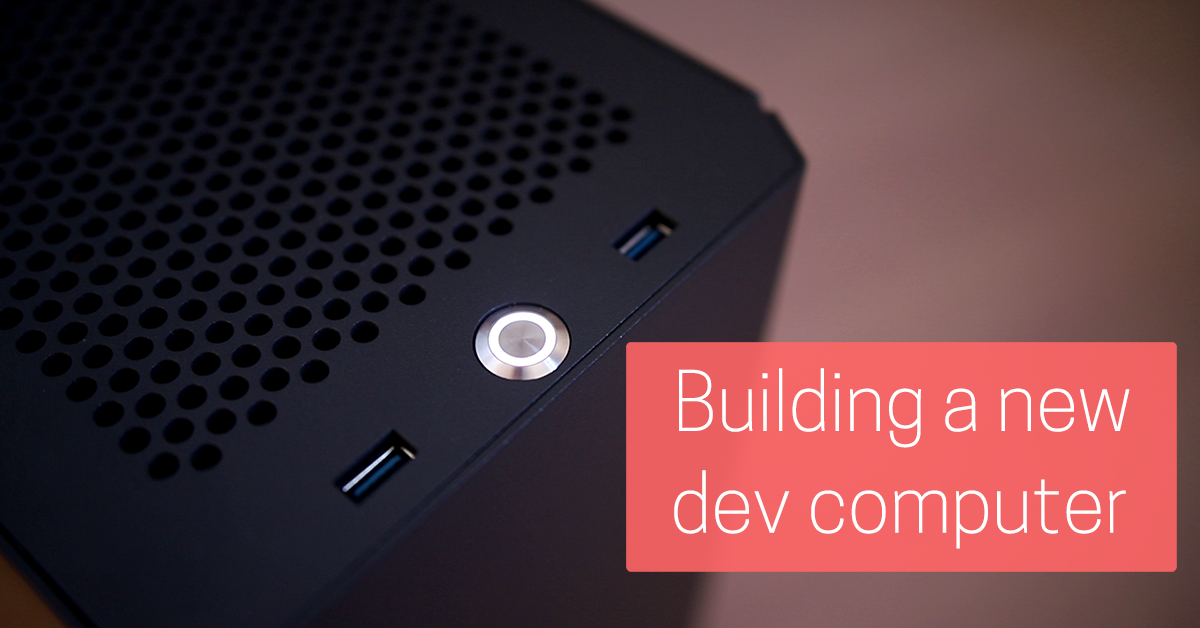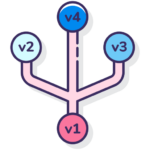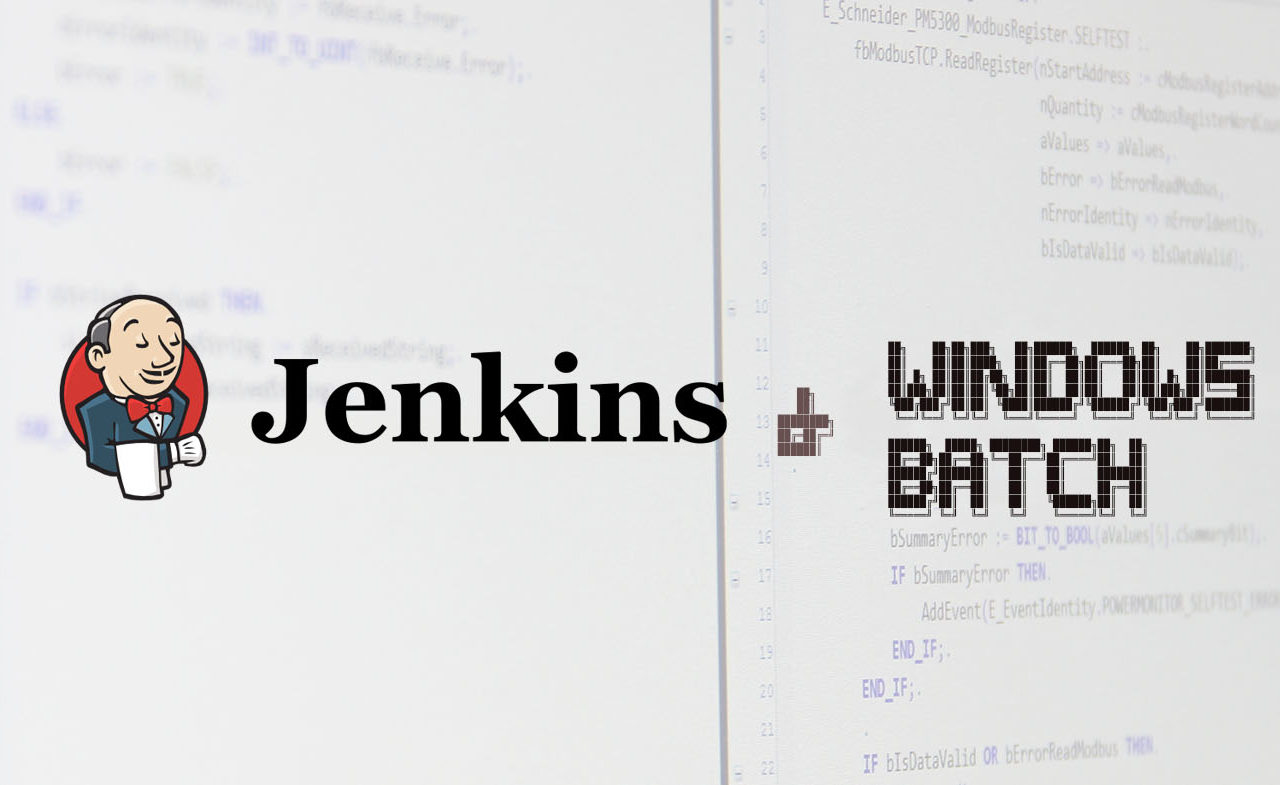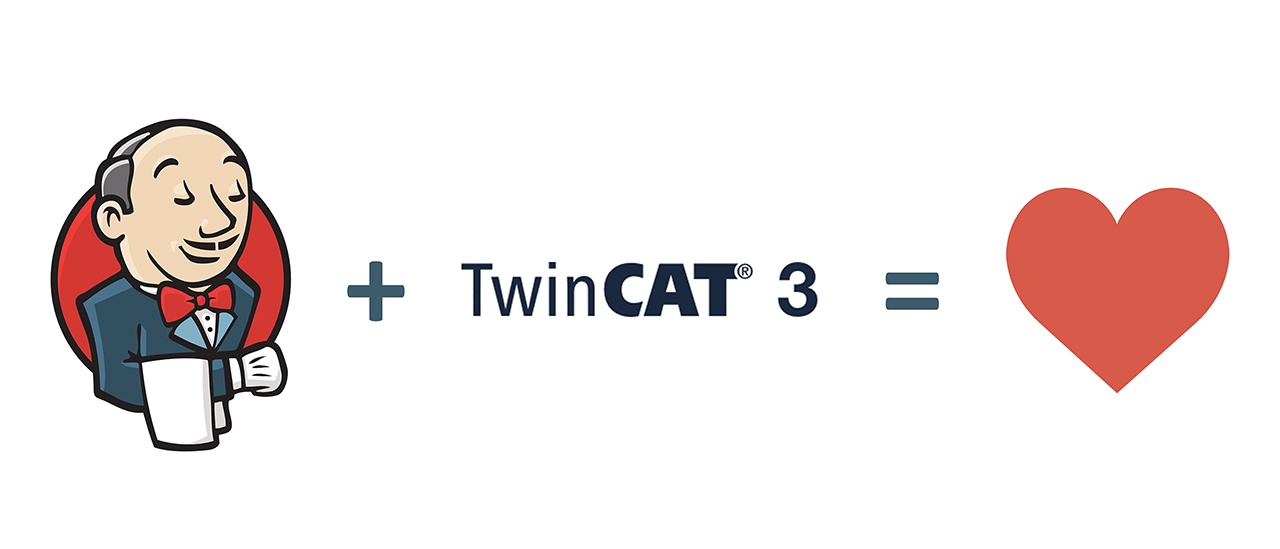 I have been using TwinCAT for quite some time now, and since I started developing software with TwinCAT it has changed almost everything for me as a software engineer, both as a profession and as a hobby. This includes the programming language, development environment, software development processes, hardware, communication protocols and much more. I have recently philosophized about how my life as a software developer has changed compared prior to doing automation software. Overall, I would say that I can do tremendously more things (in a reasonable amount of time) with TwinCAT by myself, than I could do before when I was developing software in the “standard” programming languages. It has given me opportunities to work with insanely fun projects that I would never have worked with if I didn’t start with PLC software development. What I would want to share with you is a list of five things that I think Beckhoff have done right, and five things that they could improve.
I have been using TwinCAT for quite some time now, and since I started developing software with TwinCAT it has changed almost everything for me as a software engineer, both as a profession and as a hobby. This includes the programming language, development environment, software development processes, hardware, communication protocols and much more. I have recently philosophized about how my life as a software developer has changed compared prior to doing automation software. Overall, I would say that I can do tremendously more things (in a reasonable amount of time) with TwinCAT by myself, than I could do before when I was developing software in the “standard” programming languages. It has given me opportunities to work with insanely fun projects that I would never have worked with if I didn’t start with PLC software development. What I would want to share with you is a list of five things that I think Beckhoff have done right, and five things that they could improve.


 Some time ago I
Some time ago I 
 I have been using TwinCAT for quite some time now, and since I started developing software with TwinCAT it has changed almost everything for me as a software engineer, both as a profession and as a hobby. This includes the programming language, development environment, software development processes, hardware, communication protocols and much more. I have recently philosophized about how my life as a software developer has changed compared prior to doing automation software. Overall, I would say that I can do tremendously more things (in a reasonable amount of time) with TwinCAT by myself, than I could do before when I was developing software in the “standard” programming languages. It has given me opportunities to work with insanely fun projects that I would never have worked with if I didn’t start with PLC software development. What I would want to share with you is a list of five things that I think Beckhoff have done right, and five things that they could improve.
I have been using TwinCAT for quite some time now, and since I started developing software with TwinCAT it has changed almost everything for me as a software engineer, both as a profession and as a hobby. This includes the programming language, development environment, software development processes, hardware, communication protocols and much more. I have recently philosophized about how my life as a software developer has changed compared prior to doing automation software. Overall, I would say that I can do tremendously more things (in a reasonable amount of time) with TwinCAT by myself, than I could do before when I was developing software in the “standard” programming languages. It has given me opportunities to work with insanely fun projects that I would never have worked with if I didn’t start with PLC software development. What I would want to share with you is a list of five things that I think Beckhoff have done right, and five things that they could improve.






 Together with TwinCAT release 4022.0 Beckhoff released their product “
Together with TwinCAT release 4022.0 Beckhoff released their product “